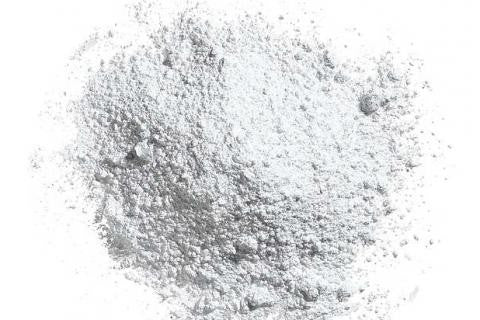Comprehensive Utilization Technology of Waste Residue Containing Calcium and Magnesium

Generally speaking, calcium-magnesium type waste refers to the industrial waste in which the content of calcium compound or magnesium compound ranks first among all components in waste residue, or the sum of calcium compound and magnesium compound content accounts for more than 50% of the total waste residue (dry basis). Common calcium-magnesium waste residues include calcium carbide slag, alkali slag, phosphorus tailings, lime milk saponification waste residue, etc.
1. Ca(OH)2 type waste residue
Taking dry-process calcium carbide slag powder as an example, high-purity light calcium carbonate products and insoluble neutral residues are respectively obtained through successive steps such as digestion and leaching, filtration and washing, filtrate CO2 carbonization, and drying and grinding. Yan Xin et al. proposed to use limestone to produce calcium carbide as the leader, use calcium carbide slag and industrially surplus CO2 as raw materials, and realize the joint production of acetylene, food-grade light calcium carbonate and cement. The process achieves the purpose of “eat dry and squeeze out” the calcium element in limestone.
2. High magnesium Ca(OH)2 type waste residue
Saponification waste residue contains both CaCO3 and Ca(OH)2, and is rich in Mg(OH)2, which can be classified as high-magnesium Ca(OH)2 waste residue, and its full and comprehensive utilization process is relatively complicated. Transfer the saponification waste residue to the digestion and extraction device, and carry out sufficient stirring, digestion reaction, NH4Cl leaching reaction, and filtration separation at a certain temperature; the obtained leaching solution is transferred to the carbonization device for CO2 carbonization reaction I, and the reaction temperature and pH are controlled , after filtering, washing and drying, light calcium carbonate is obtained, and the filtrate is circulated for leaching reaction. Add appropriate amount of water to the filter residue after leaching and fully stir, then pass CO2 to carry out carbonization reaction II, filter and separate after carbonization reaction II, the obtained filtrate is magnesium bicarbonate solution, magnesium bicarbonate solution can be directly evaporated and decomposed to obtain MgCO3 product, the obtained filter residue It is an insoluble neutral residue.
The saponification waste residue can be separated and recovered into high-purity light calcium carbonate through digestion and leaching, CO2 carbonization reaction I, CO2 carbonization reaction II, thermal decomposition, multiple filtration separation and other chemical reactions and filtration separation and other unit operations. , MgCO3 two new chemical materials and insoluble neutral residue, so that the saponification waste residue can be fully utilized comprehensively, while consuming a large amount of CO2, to achieve zero discharge of three wastes, it is a new technology and breakthrough completely different from the existing comprehensive utilization of saponification waste residue, Its social benefit, environmental benefit and economic benefit are very obvious.
3. High magnesium CaCO3 waste residue
Phosphorus tailings powder undergoes five-step reactions including calcination reaction, digestion and leaching reaction, leaching liquid carbonization reaction I, leaching slag carbonization reaction II, carbonation reaction II filtrate ammonification reaction, etc. After repeated filtration and separation, drying and grinding and other physical After unit operation, three products including food-grade light calcium carbonate, Mg(OH)2 and phosphorous concentrate can be obtained respectively.
After a large amount of CaCO3 and MgCO3 in the phosphorus tailings are separated, they become food-grade light calcium carbonate and Mg(OH)2 products respectively. The residue is phosphorus concentrate with a P2O5 mass fraction of more than 30%. The whole separation process has obtained 3 A product with high added value, so that the phosphorus tailings have been fully and comprehensively utilized.
4. Benefit analysis of waste residue comprehensive utilization
Experiments have proved that the mass fraction of CaCO3 in the product can reach 99.9%, and the content of harmful elements such as cadmium, arsenic, lead, and mercury is far below the national standard for food-grade light calcium carbonate or cannot be detected. It can be seen that this high-purity, High whiteness light calcium carbonate can be completely used as electronic grade calcium carbonate and food grade calcium carbonate, its value will be 2~3 times the price of ordinary light calcium carbonate, and its economic benefits, environmental benefits and social benefits can be expected to be quite Considerable.
